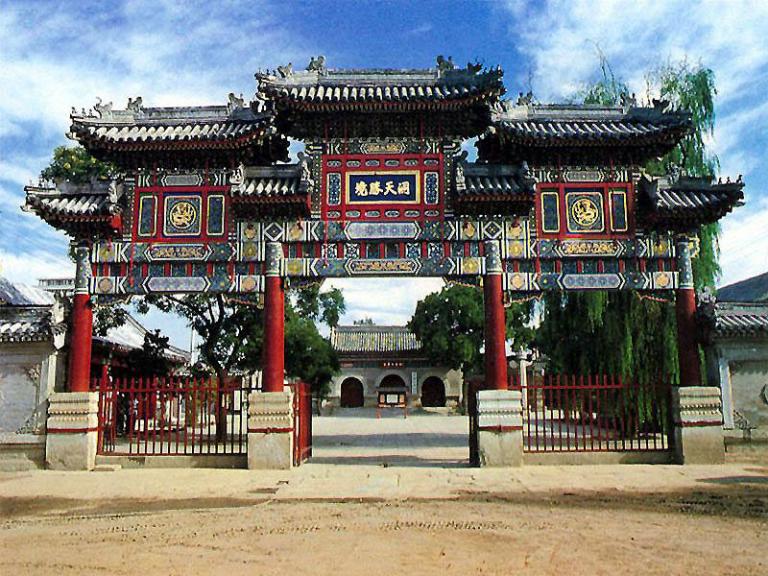Daoist Guan and The Dao De Jing
2 min readDaoist Guan
Most of the Taoist places of worship were called guan(temples),others palaces,convents,nunneries,monasteries,towers,caves,halls,or temples.Some people called large ones palaces,and small ones temples;
while others called the ones whose names were granted by emperors palaces,and the others,temples.Each view had its own basis,but one should not think in absolute terms.With historical changes,the fact that the names matched reality would also be changed.Most of the palaces and temples were constructed ancient Chinese style with symmetrical layouts,the inscribed boards and couplets setting off each other,and the numerous murals and carved tablets were lent a classic flavor.Some of them wereimbued with Taoist doctrines,while others had unique architectural and aesthetic features.

Dao De Jing
Dao De Jing is a philosophical prose that has had great influence on Chinese thought.It can be translated as“The Scripture of the Way and the Virtue”;and it covers many areas of philosophy,from individual spirituality to techniques for governing society.It is often referred as the book of 5000 characters;and it has two parts dao and de.Dao De Jing has beei franslated into European languages;and in English alone,there are over 30 versions.

The Relationship between Taoism and Buddhism
Taoism completed its religious system by absorbing the thought of bud-dhism.In history,there existed a fierce controversy between Taoism and Buddhism.Apart from political factors,the controversy,culturally,was intended to seek a common ground and eliminate the differences.Therefore,in the history of their relationship,the mainstream of its development was a supplement in each other’s religious tenets.









